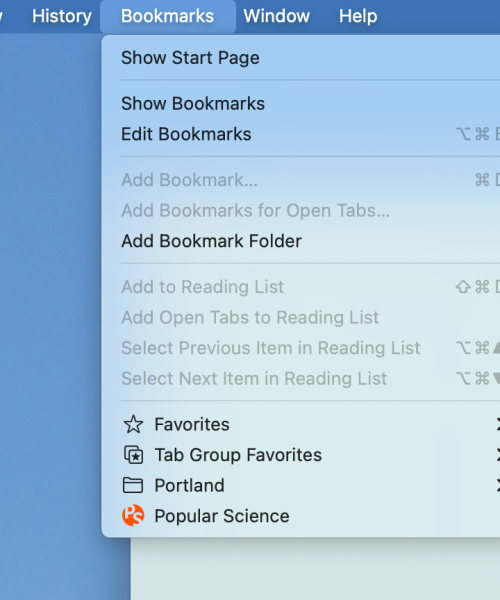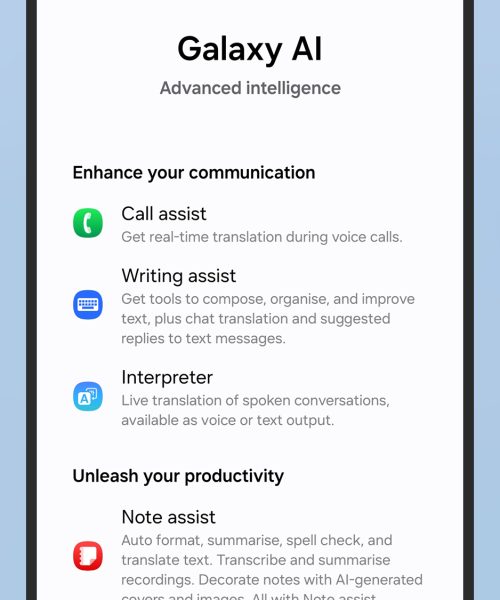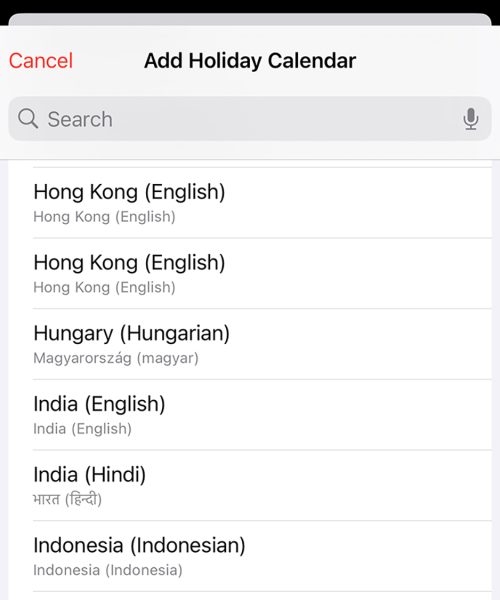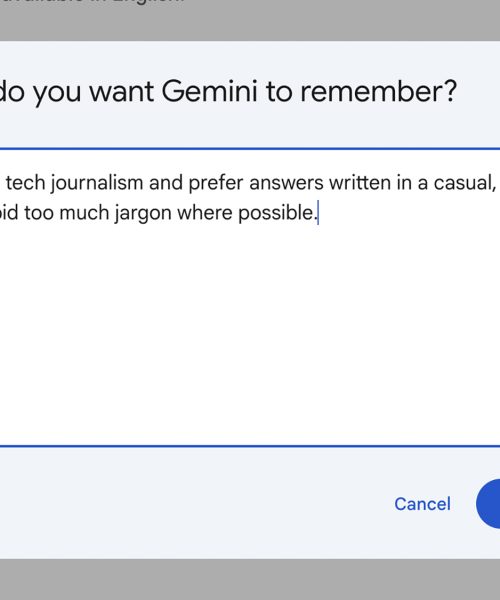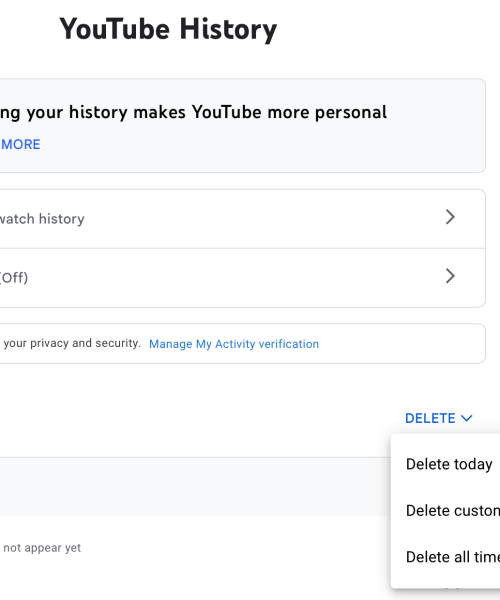Natural disasters have affected nearly 90 percent of U.S. counties since 2013, and while many households know about preparing emergency kits, a recent FEMA survey found a large drop in how many people are signed up to receive emergency alerts and warnings.
Early warning systems save lives during disasters. To ensure you can receive these warnings via your phone, text, or email, we recommend turning on your phone’s alerts and signing up for your local government’s emergency alert system.
Turn On Your Phone’s Wireless Emergency Alerts
Wireless Emergency Alerts (WEAs) are one way authorities spread information to the community during an emergency. Most mobile phones are WEA-capable devices, and alerts are typically enabled by default. But if you’ve ever received an alert or test alert, there’s a chance you may have disabled them after hearing their signature alarm: an insistent and loud blare, accompanied by vibrations, that goes off on every phone in your vicinity. You can turn off some of the alerts you don’t want, while receiving the ones you do, so it’s worth checking your phone’s settings.
WEAs use cell towers to send notifications to all WEA-capable mobile phones within a specified target area, meaning you receive alerts for your current location, not your home address. WEAs may also occasionally reach some community members outside the target area, depending on the phones’ technology.
Here’s how to make sure your phone can receive WEAs.
- Navigate to iPhone Settings.
- Select Notifications.
- Scroll to the bottom of the Notifications section to GOVERNMENT ALERTS.
- Next to Public Safety Alerts, toggle the button on (it turns green). These alerts convey “recommendations for saving lives and property.”
- Select Emergency Alerts.
- On the following screen, ensure that Emergency Alerts are toggled on.
- The Local Awareness option improves the timeliness and accuracy of emergency alerts in the United States, according to Apple. Toggle to enable or disable.
Here’s Apple’s page on how to turn on emergency alerts.
- Navigate to Android Settings.
- Scroll down and select Safety & emergency.
- Select Wireless emergency alerts at the bottom of the screen.
- On the following screen, ensure that Allow alerts is toggled on.
- Toggle Extreme threats and Severe threats to enable or disable alerts for threats to life and property.
- Toggle Public safety messages to enable or disable alerts with recommended actions to save lives or property.
You can also visit this “Android Help” page and select the blue “Control emergency broadcast notifications” option for instructions on how to manage WEA alert settings on Android.
Authorities may not always use WEAs to circulate information, so it’s also important to enroll in your local government’s emergency alert system. During the deadly 2018 Camp Fire in California, authorities issued evacuation orders through Butte County’s emergency alerts, door-knocking, vehicle-mounted speakers, and social media posts—but did not send any WEAs. At the time, fewer than 40 percent of residents in Paradise, one of the towns destroyed in the fire, had signed up for the county’s alerts, according to a 2023 report. Although some county alert systems automatically enroll landline numbers, you likely need to opt in to receive notifications on a mobile device or via email.
There is no standardized emergency alert system across the United States; the enrollment process and your notification system’s features differ based on where you live. Different governments’ mass notification systems may include different types of alerts. Some only notify you in extreme situations, such as disaster evacuations, while others may also send alerts for missing persons or police activity. Note what kind of alerts your local system offers before signing up, and keep in mind you can often choose what type of alerts you’d like to receive.
Users will typically be asked to provide their mobile number, email, and street address. Many emergency alert systems have the option to register multiple street addresses, allowing you to keep tabs on other significant locations like your workplace or kids’ schools. Some also allow you to customize whether you’d like to receive alerts via phone call, text message, or email, and offer language and accessibility options. If customization options are not offered during initial enrollment, you may be able to log in after enrolling to change your settings and add additional information.
Emergency alert systems are often run through third-parties. Common ones include OnSolve CodeRED, Everbridge, Rave Mobile Safety’s Smart 911, and Genasys. If your local government uses a third-party system, you will generally be directed to that company’s website to enroll. Once you receive an emergency alert (or a signup confirmation), we recommend that you save the number to your Contacts and exclude it from being blocked when using your cell phone’s Do Not Disturb features.Even if you’ve signed up for alerts previously, it’s worth checking to make sure you’re still registered with your county. Some governments may have transitioned to new systems and might not have migrated residents’ information.
Search online for the name of your county and the phrase “emergency alerts.” This will often bring up your local government’s emergency alerts information page with instructions on how to enroll. For example, a search for “Los Angeles County emergency alerts” returns the Alert LA County page with sign-up links as the top result.
Depending on where you live, an internet search may yield results for multiple notification systems. Look for alerts at the county level and make sure you register specifically for emergency alerts, as some governments offer community-based alerts that are not meant to be primary emergency alert systems. Some cities also offer separate emergency notification systems.
If a direct search doesn’t work, you can also hunt around your state or county’s office of emergency management’s website (sometimes called the office of emergency services or something similar), for an emergency alerts information page or an emergency preparedness page with a link to sign up for notifications. If you can’t find alert information in either of these places, try the main county website, the county sheriff’s office, or the fire department.
Some states compile information from their cities’ and counties’ alerting systems into a single tool or website. For example, these California, Colorado, and Oregon pages provide users with links to information and sign-up pages for every county in their state. Although this provides a good starting point, it’s worth cross-referencing this information with independent searches of your local government’s websites, as these tools sometimes link to outdated information or to notification systems that are not used as primary emergency alerts.
When in doubt, get in touch with your local government to check that you’re signing up for the right alerts.
Signing up for emergency alerts is a crucial first step in preparing for a natural disaster, but it’s not the last. Alerts delivered via phone or email rely on some combination of phone service, internet, and power, all of which could go down during a natural disaster. Government agencies, however, have also used non-electronic emergency alerts for a long time, including door-to-door knocking or vehicle-mounted speakers. But you may find yourself in a position where you need to evacuate an area before an official order has even been issued. So don’t forget to develop a comprehensive disaster plan and review it with your household.








